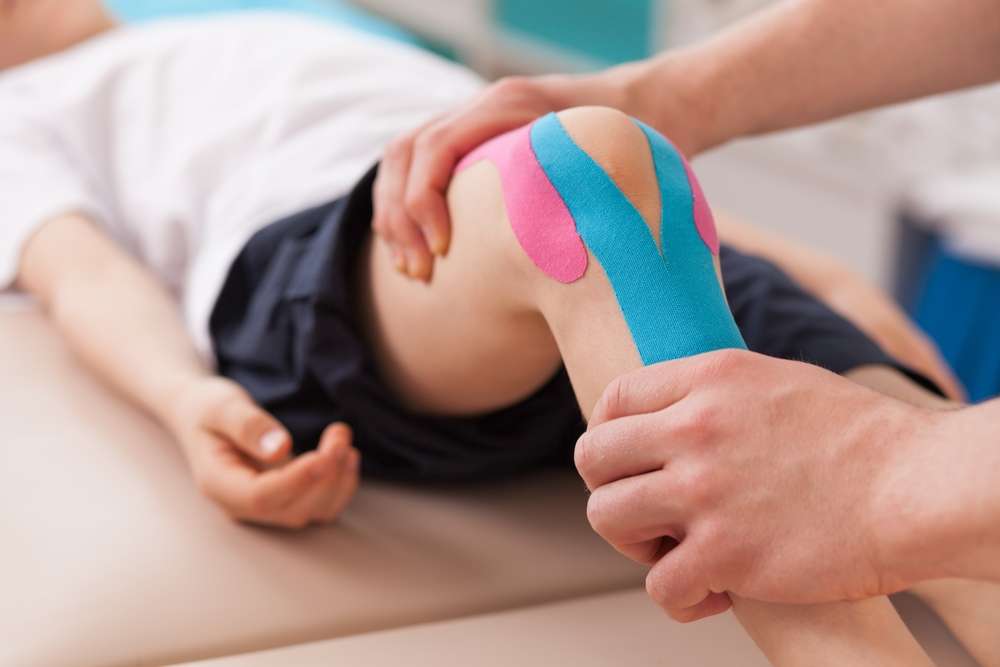 Physiotherapy and physical therapy are two different terms that actually refer to the same medical profession! Physical therapists provide patients with physical therapy or physiotherapy, and the terms can be used interchangeably. This type of medical profession focuses on supporting your recovery, mobility, and quality of life after you’ve suffered an injury or are being treated for an illness or disease. Whether your doctor recommends you schedule an appointment for physiotherapy or physical therapy, the goal is to meet with a physical therapist to support your treatment and recovery process.
Physiotherapy and physical therapy are two different terms that actually refer to the same medical profession! Physical therapists provide patients with physical therapy or physiotherapy, and the terms can be used interchangeably. This type of medical profession focuses on supporting your recovery, mobility, and quality of life after you’ve suffered an injury or are being treated for an illness or disease. Whether your doctor recommends you schedule an appointment for physiotherapy or physical therapy, the goal is to meet with a physical therapist to support your treatment and recovery process.
Physiotherapy Education and Training
Students who wish to become physical therapists complete an undergraduate bachelor’s degree program in biology, exercise science, or a science-related field before going to physical therapy school. Students who complete physical therapy school earn a doctorate in physical therapy. These programs typically last 3 years and include practical internship and clinical hours for hands-on learning experiences. Upon completion, they must also pass a state licensure exam before they can practice physical therapy.
Reasons to See a Physical Therapist
Physiotherapy is commonly recommended before or after surgery, or as an alternative to surgery. If you have a scheduled surgery, your doctor may recommend physical therapy to help prepare you for the procedure. This can include exercises that promote strength, improve mobility, and build up stamina. Pre-operative physical therapy can even help cut down on the recovery period after surgery. Physical therapy after surgery will also help support the recovery process and can even shorten the healing time.
You may also meet with a physical therapist for an alternate, non-invasive approach to treatment in the hopes of avoiding surgical intervention altogether. While surgeries typically involve long recovery periods, physiotherapy instead of surgery is an option for some injuries and illnesses. Non-invasive and minimally invasive treatment approaches can help you avoid strong medications with uncomfortable side effects. Physiotherapy helps to promote the body’s natural healing process.
Physical Therapy Treatment Approaches
When you meet with a physical therapist, they will likely utilize a combination of treatment approaches that are specific to your condition and treatment goals. A physical therapist can help improve your quality of life when an injury or illness has kept you from participating in your daily routines without pain and issue.
Manual Therapy
Manual therapies are non-invasive physiotherapy approaches that your physical therapist will perform by hand. If you have a joint issue or injury, gentle manipulation of the joint can help reduce pain and improve range of motion in your spine, elbow, hip, or even knee pain. Therapeutic massage can also help address pain and swelling from an injury or condition, and improve healthy blood flow to the affected area. Certain low-impact mobilization and stretches will slowly reintroduce healthy movements to affected muscles and joints.
Exercise Therapy
Physical therapy is perhaps most commonly associated with exercise programs that improve strength and mobility after an injury or surgery. These hands-on exercises help you through treatment and support your healing and recovery. This type of treatment approach allows you to take an active role in your recovery and get started moving around again in a safe, healthy way.
If you’ve recently been in a car accident or suffered a sports injury, then you may not have been able to stay as active as you once were. This can lead to weakened muscles and you might even experience a loss in range of motion. A physical therapist can help walk you through exercises that improve your strength and mobility. These exercises also have the added benefit of increasing your heart rate, which can improve your cardiovascular health overall.
Other types of treatment approaches with physiotherapy include ultrasound, acupuncture, dry-needling for drug-free, minimally invasive pain management, healing, and recovery.
Physiotherapy for Recovery and Rehabilitation
When you’re in pain it can keep you from participating in the activities and events you used to enjoy. Physical therapists work with anyone who wants to see an improvement in their quality of life after a health event or condition. AICA Marietta can relieve a variety of common aches and pains. Our team of physical therapists provides physiotherapy for a wide range of conditions, including car accident injuries, sports injuries, and degenerative diseases. Learn more about this safe, gentle, and minimally invasive approach to your recovery process and how physiotherapy can help you heal.